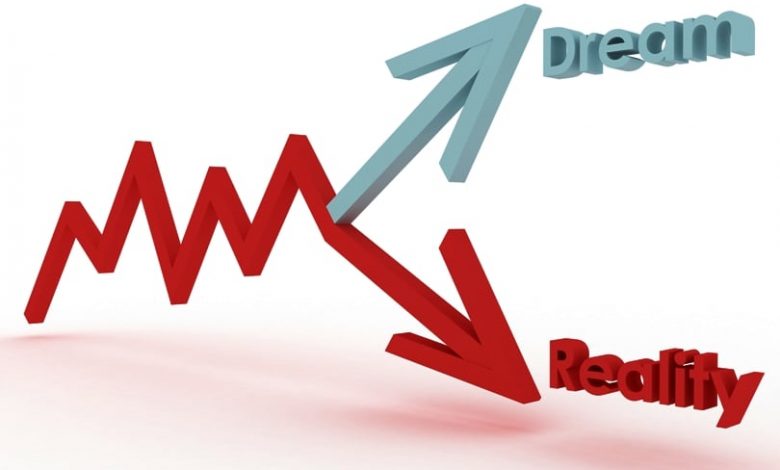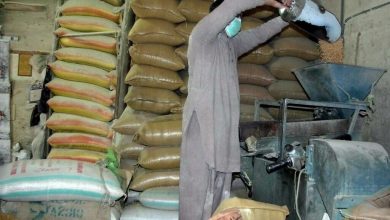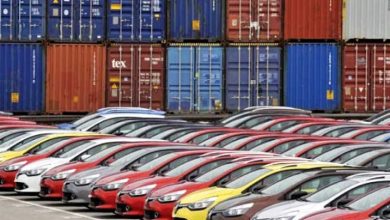Economic stabilisation vs high growth

There are two camps currently in Pakistan on macroeconomic policy. The first are the ones that espouse slow-growth stabilisation and the other advocates high economic growth.
With a population growth rate of 2.55% per annum and a huge youth bulge, Pakistan cannot afford a growth rate of 3.2% (as estimated by the International Monetary Fund – IMF). We need to achieve annual growth rates of 5% or more, almost twice our population growth rate, in order to double the gross domestic product (GDP) per capita within a period of 10 years.
GDP growth has shown to be powerful in improving the lives of all classes of citizens, whereas a low GDP growth has shown a standard of living in decline, especially if you factor in the annual rate of inflation and unemployment.
Macroeconomic stabilisation at the expense of high growth is based on a false premise. Those who advocate stabilisation set a benchmark for debt sustainability, foreign exchange reserves, primary budget surplus and tax revenue targets. Moreover, they are obsessed with the fear of boom-bust episodes and a balance of payments crisis.
Stabilisation equates gradualism. Gradualism is not feasible given that 40% of Pakistanis are living below the poverty line and jobs are in short supply. We don’t have the luxury of a slow-growth approach, we need a “shock treatment” – a drastic change in economic policy.
The solution is a simple, straightforward set of pro-growth supply-side economic policies: low tax rates on broad bases, government spending restraint, free trade, sound money, deregulation and privatisation. It will jump-start the economy in a relative short time.
Growthists have no fear of boom-bust cycles once the economy is on a sustainable growth trajectory based on private sector investment and production rather than an unsustainable slow-growth approach based on reckless public sector spending with ever-increasing budget deficits.
Enlargement of the public sector at the expense of the private sector is the wrong formula for sustainable economic growth. Governments don’t create wealth, they re-distribute wealth.
The wealth creators are the private sector, once incentivised they create jobs, produce goods and services, and above all, contribute much-needed tax revenues for the national exchequer.
Would you prefer having a government that increases its annual spending (taxation) by 20% or rather having the private sector increase its investment and production (exports) by 20% annually?
Stabilizers’ fear of boom-bust cycles once the economy exceeds a 4% growth rate is a fallacy. They believe its cause is due to our propensity to over-consume (imports), thus leading to a balance of payments crisis.
Growthists, on the other hand, believe its cause is due to our under-investment (capital) and production of goods and services (exports).
The former’s reasoning is based on the outdated Keynesian demand-side economics whereas the latter see it through the supply-side economics lens. The economy almost always falters on the Keynesian framework but when supply-side policies are implemented, it almost always leads to sustainable economic growth.
Both camps, for obvious reasons, want to see an end to the IMF programmes and exit the current 25th programme, for a 37-month period, as soon as possible. If Pakistan follows the stabilisation path, it is most unlikely that it will be the last programme, but if we change gear towards the accelerated growth route, it is more probable that, once and for all, it will be the last!





